HEADACHE VERSUS MIGRAINE!!
WHAT IS THE DIFFERENCE BETWEEN HEADACHES AND MIGRAINE?
According to WHO, 50% of adults are affected by headaches and it’s difficult for them to differentiate whether it’s a headache or a migraine. Differentiation obviously can help in better management and treatment as headaches could be a symptom of an illness however migraine itself is an illness.
By differentiating whether it is a headache you are getting or migraine can help you in managing future episodes as well. Migraine is a primary headache disorder while on the other hand headache can be the symptom of some other illness but headaches can be primary as well.
WHAT IS A HEADACHE?
Headaches are unpleasant pains in the head causing pressure and aches. The intensity of pain may vary from mild to severe and it usually affects both sides of the head. Headaches are usually short-lived but may continue for days as well.
Headaches can be classified into two types: PRIMARY AND SECONDARY.
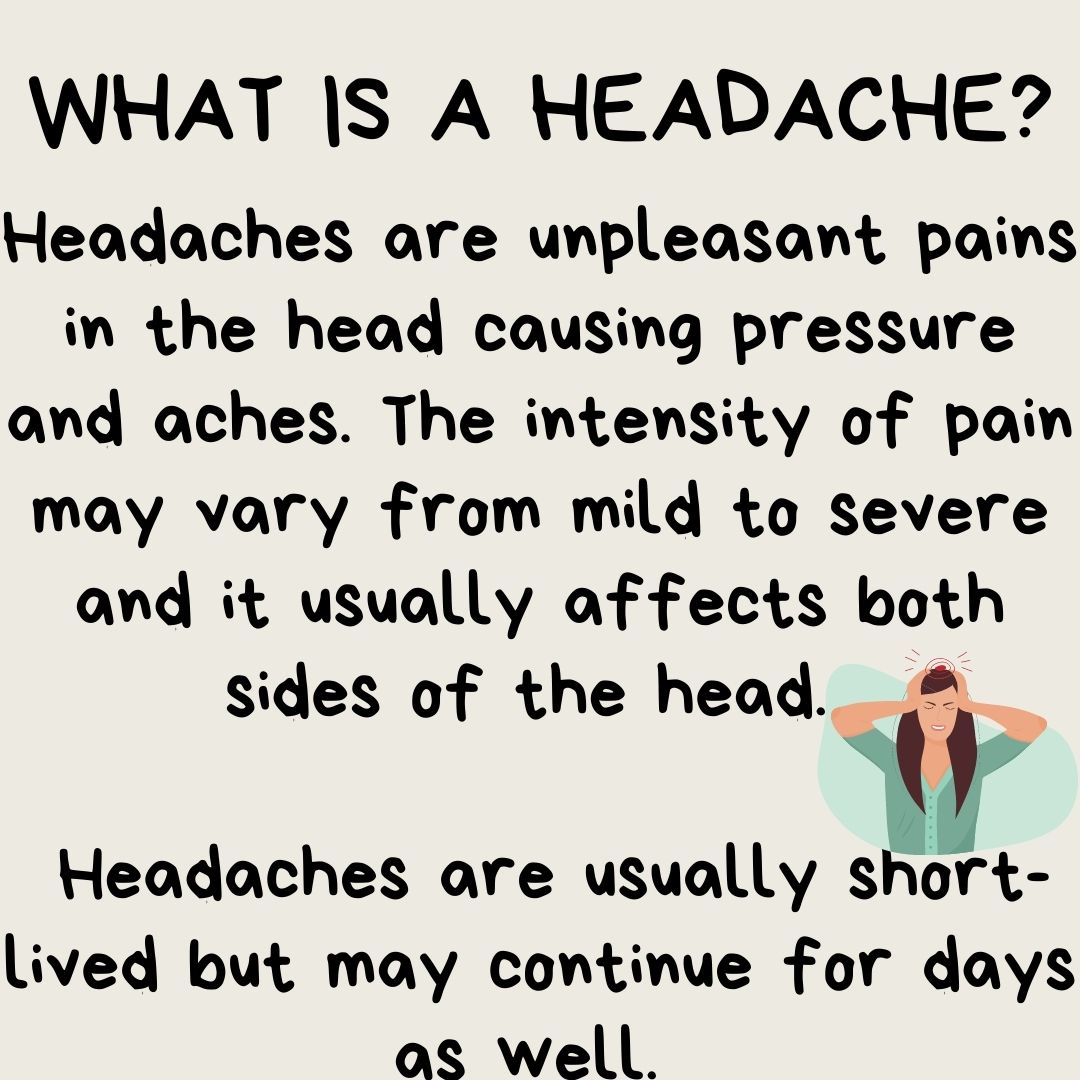
PRIMARY HEADACHES: Primary headaches are individual illnesses that cause pain in the head, face, or neck depending on the condition. Types of primary headaches are:
- TENSION TYPE HEADACHE: This type of headache is affecting 42% of adults worldwide and gives pain as if there is a tight band of pressure around the head. Tension-type headache can be caused by several factors like:
- Clenching teeth
- Anxiety
- Sleep deprivation
- Skipping meals or hunger
- Neck strain
- CLUSTER HEADACHE: Cluster headaches are severe usually one-sided headaches behind the eyes in the orbits. The headaches come in clusters occurring at the same time every day for several days followed by painless headache-free months.
- HEMICRANIA: Hemicrania means one-sided headaches that cause pain usually on one side of the head mostly. It can be severe at times and can be accompanied by nausea, vomiting, and sensitivity to light along with redness of the eyes.
SECONDARY HEADACHE: Chronic illnesses can cause headaches. For example brain tumors, sleep disorders, head injury, stroke, certain medication, seizures, etc.
WHAT IS A MIGRAINE?
Migraine is severe pulsating pain in the head usually one-sided preceded by an aura of sensory disturbance and can be triggered by various things.
Migraine is a primary headache disorder characterized by recurrent headaches that are moderate to severe. Typically, the headaches affect one-half of the head, are pulsating in nature, and last from two to 72 hours.
Associated symptoms may include nausea, vomiting, and sensitivity to light, sound, or smell. The pain is generally made worse by physical activity. Up to one-third of people have an aura: typically a short period of visual disturbance which signals that the headache will soon occur. Occasionally, an aura can occur with little or no headache following it.
Triggers for migraine are:
- Anxiety
- Stress
- Lack of food or sleep
- Exposure to sun
- Hormonal changes (in women)
Risk factors:
- Family history: migraine runs in families.
- Age: peak in the ’30s
- Sex: women > men
- Hormonal changes: around menstrual cycles in women; migraine is triggered or aggravated.
Four phases of migraine are:
- Prodrome phase- occurs hours or days before the onset of headache and is characterized by altered mood, depression, fatigue, craving for certain food items, neck stiffness, constipation or diarrhea, sensitivity to light, noise, odor.
- Aura phase- precedes headache and aura may be visual (Blind spots or blank patches in the vision, zig zag lines in vision, flashes of light, blurred vision), sensory (Pricking sensation on the skin), or motor. Other symptoms of the aura phase include speech disturbance, dizziness, auditory hallucinations, delusions.
- Pain phase- usually headache is one-sided, throbbing/ pulsating pain which is moderate to severe in intensity and pain lasts for 2 to 72 hours. Pain is frequently associated with nausea, vomiting, sensitivity to light, sound, smells and fatigue with irritability, light-headedness, confusion.
- Postdrome phase- once the pain phase is over there is a tired feeling in the sufferer along with mood changes and weakness.
HOW TO DIFFERENTIATE BETWEEN A HEADACHE AND A MIGRAINE?
- Headaches are generally mild pressure aches around the forehead or might involve full head while on the other hand migraines are severe pulsating, throbbing pains usually involving one side of the head.
- Headaches don’t have any kind of aura while migraines do have.
- Headaches are incidental and non-recurring types while migraines are recurring pains.
- Headaches are typically short-lived while migraines can last for days and even for a week.
- Headaches are usually not accompanied by any other symptoms while migraines can come with nausea, vomiting, sensitivity to light, blind spots, dizziness, neck stiffness, bowel movement changes, mood changes, etc.
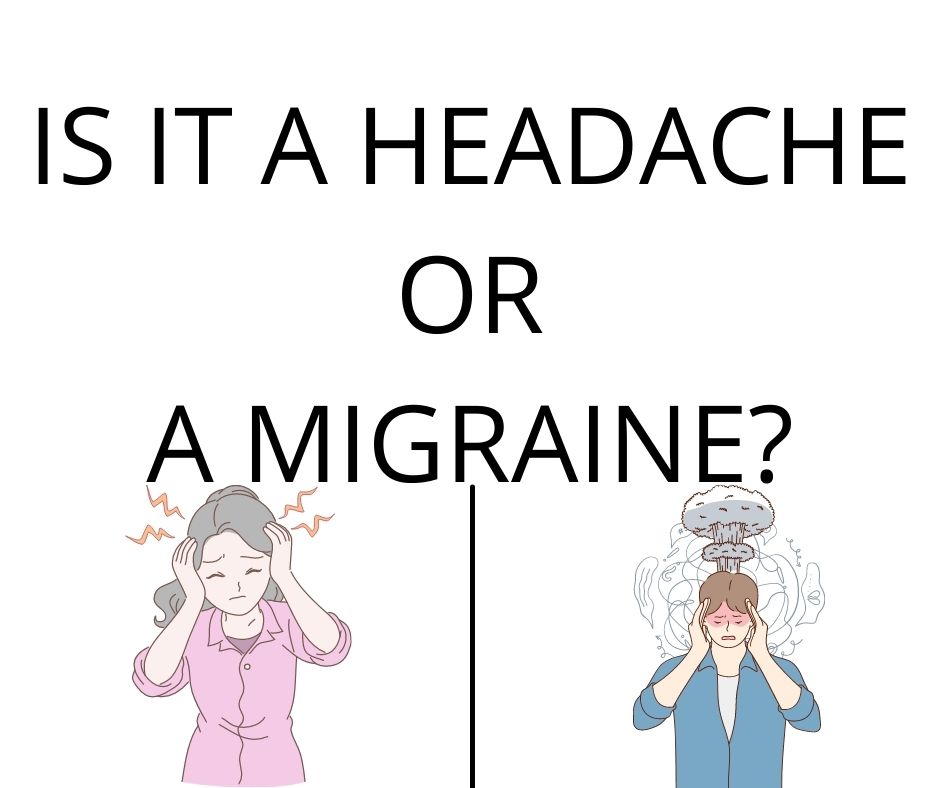

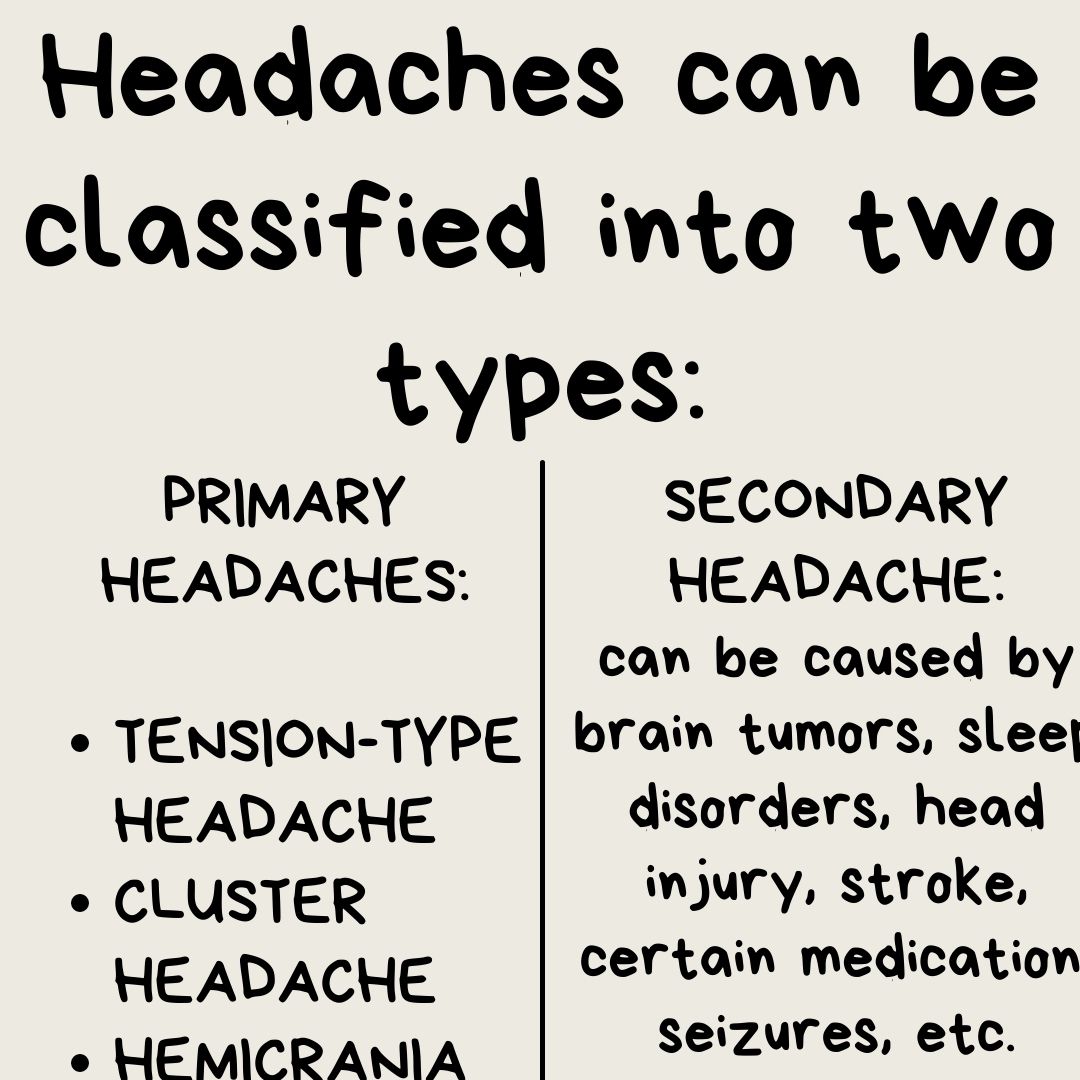
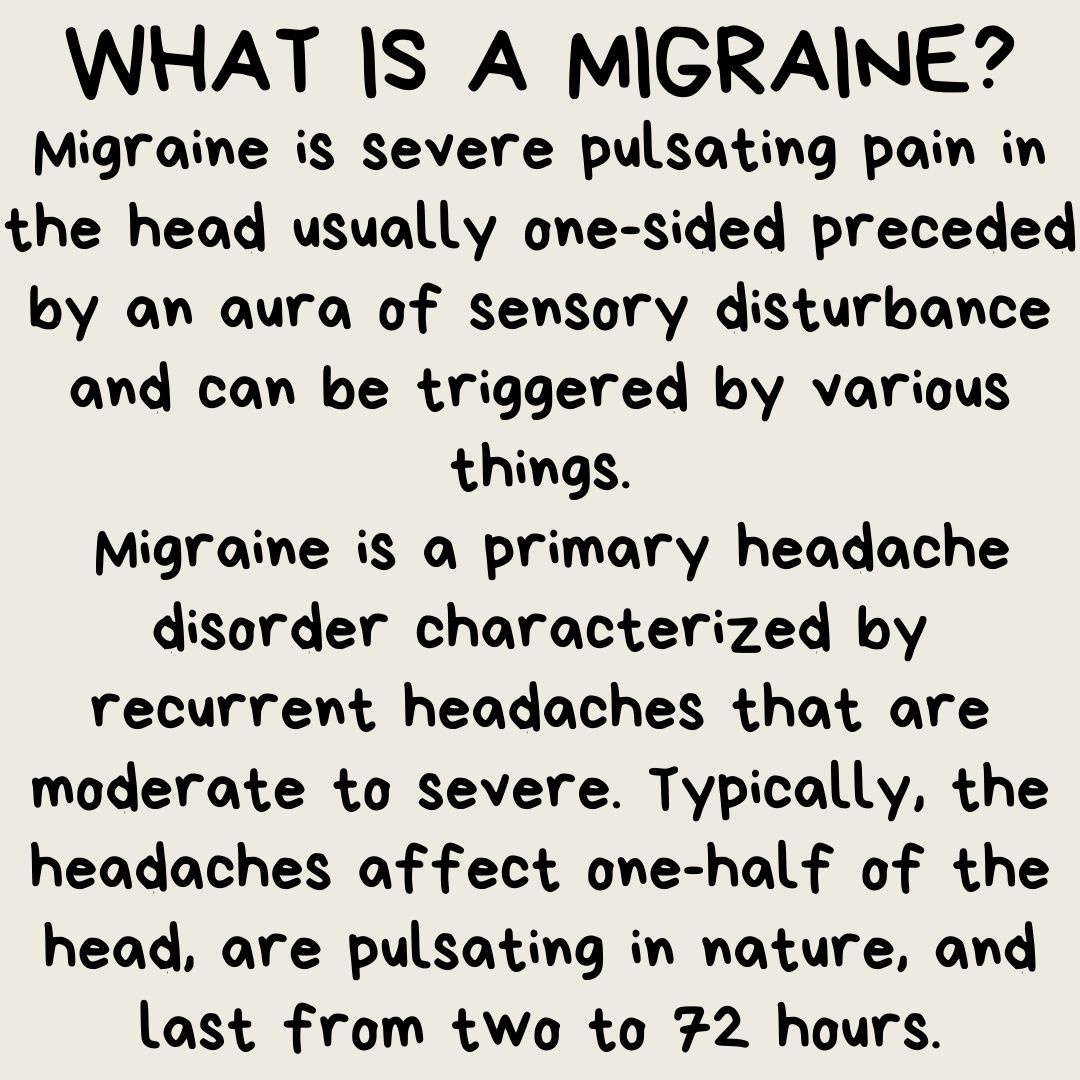
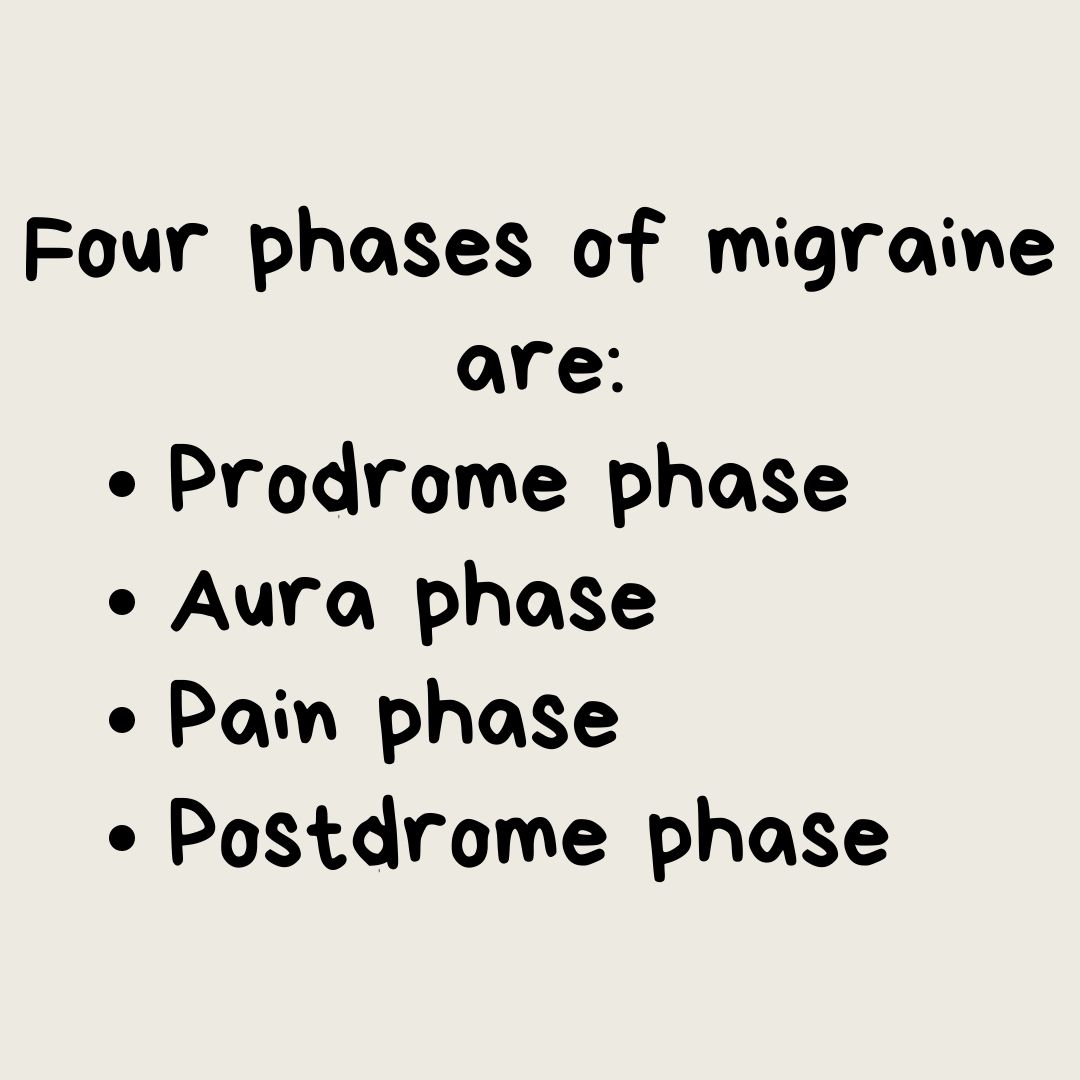
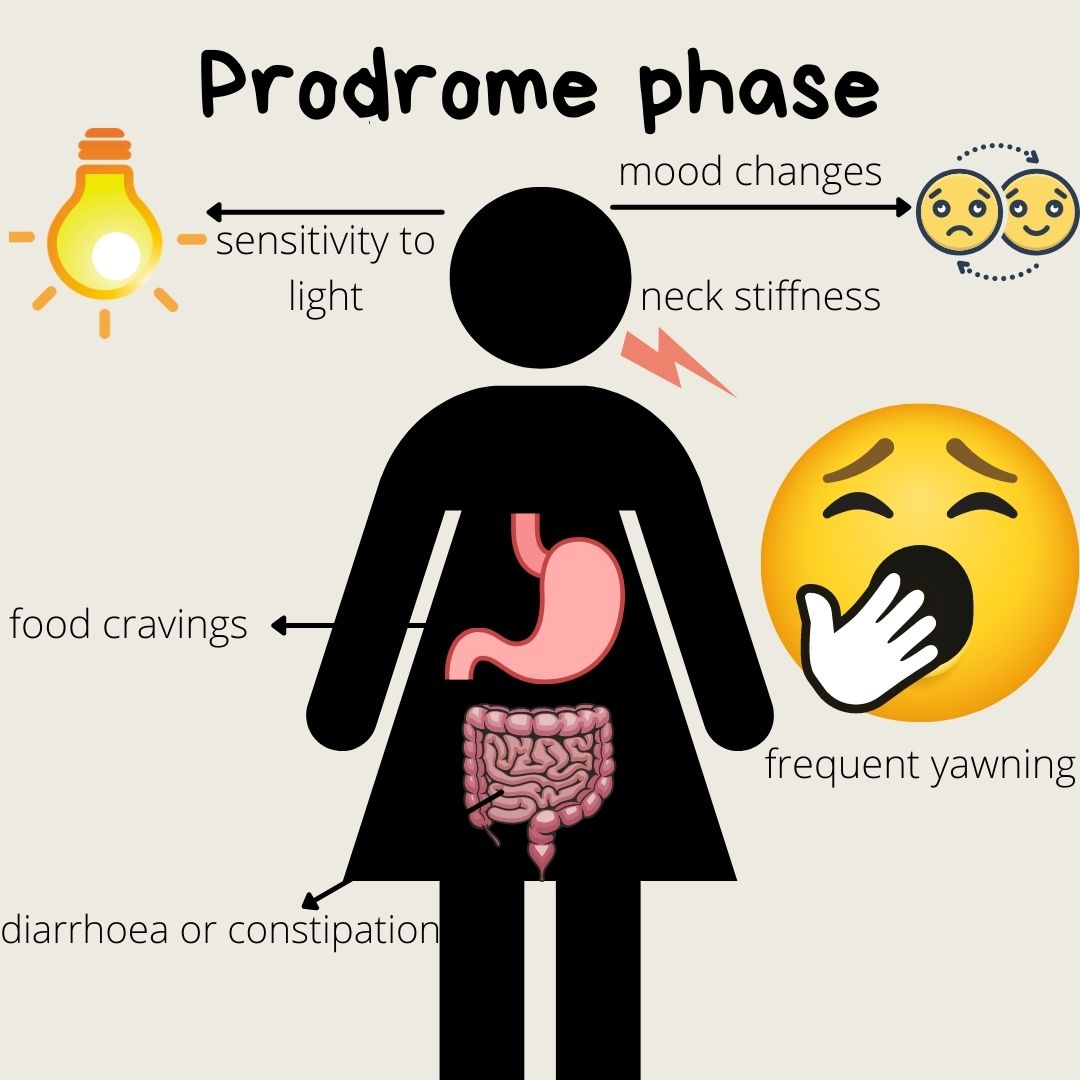
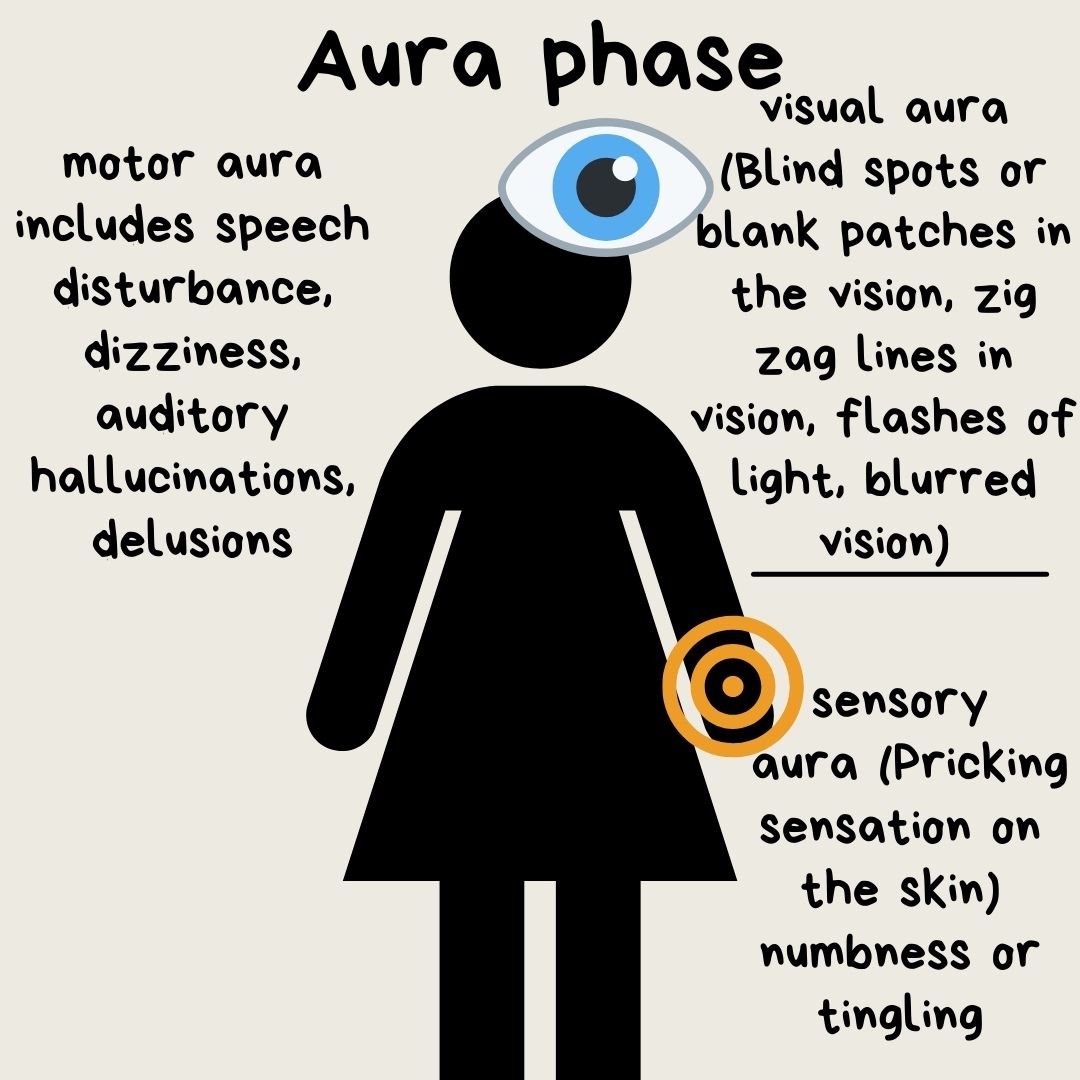
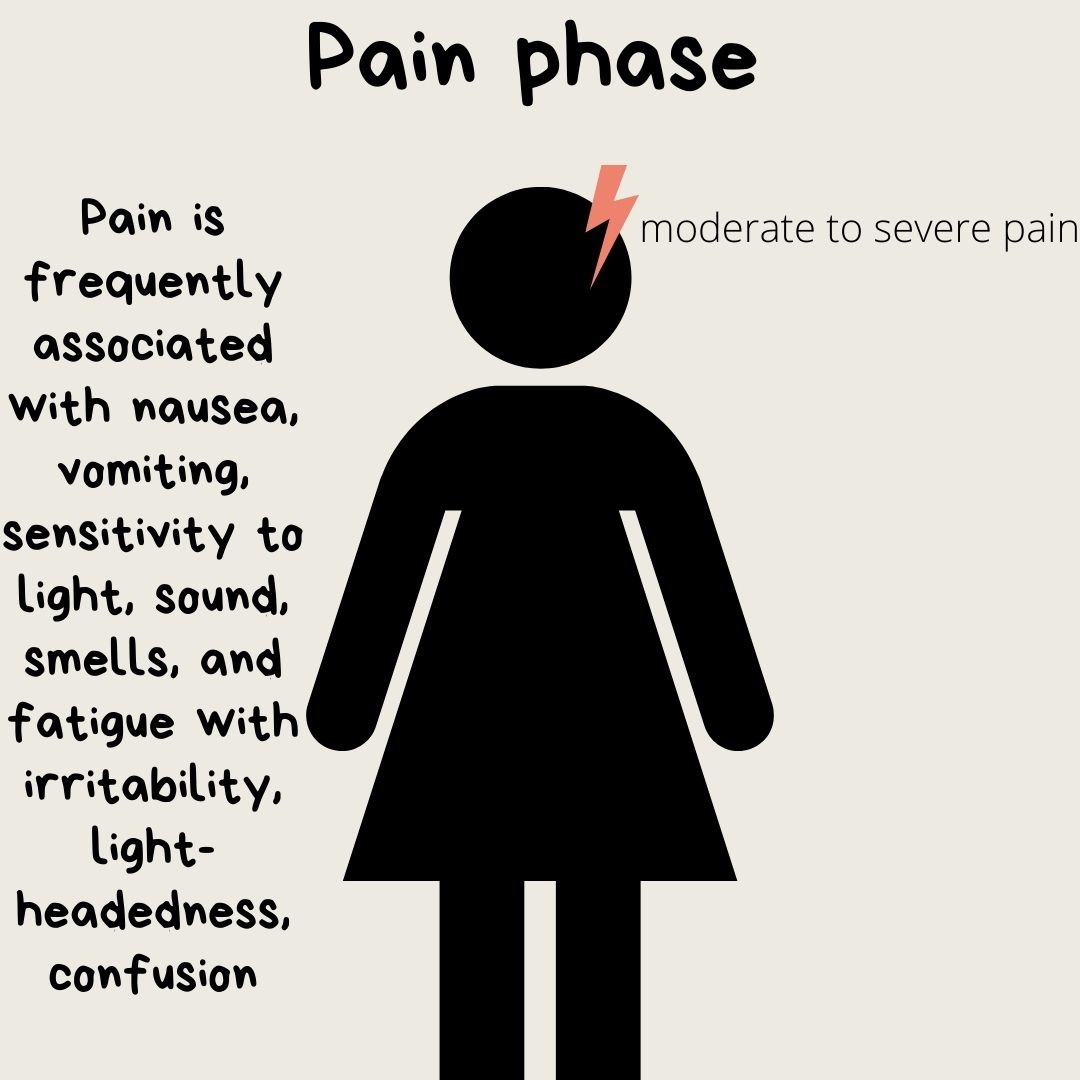
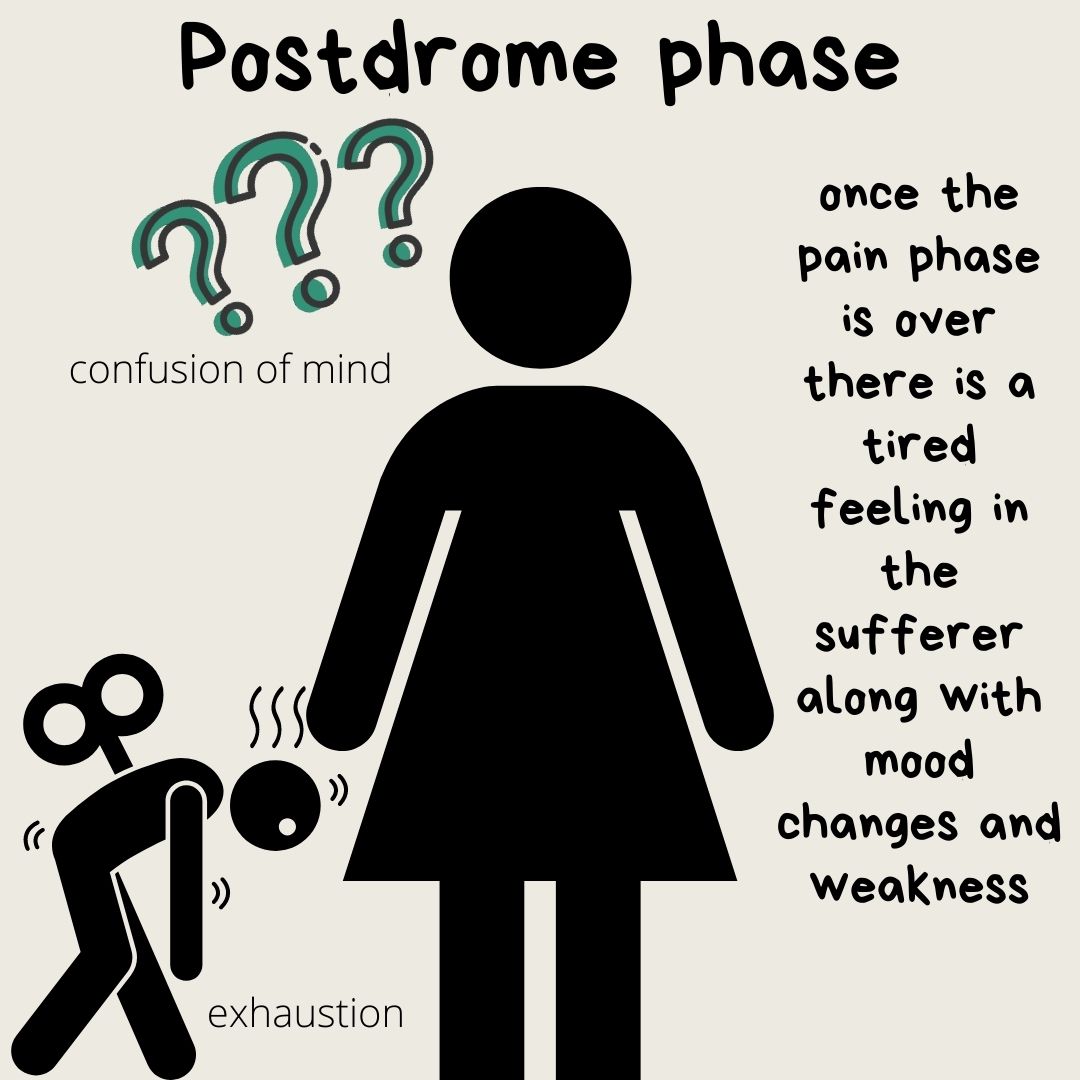
Recent Comments 0